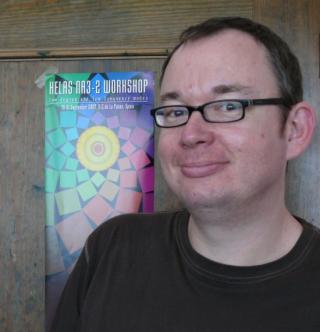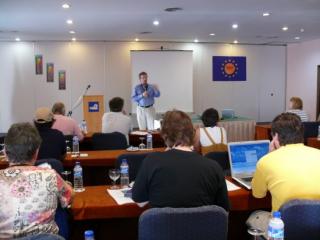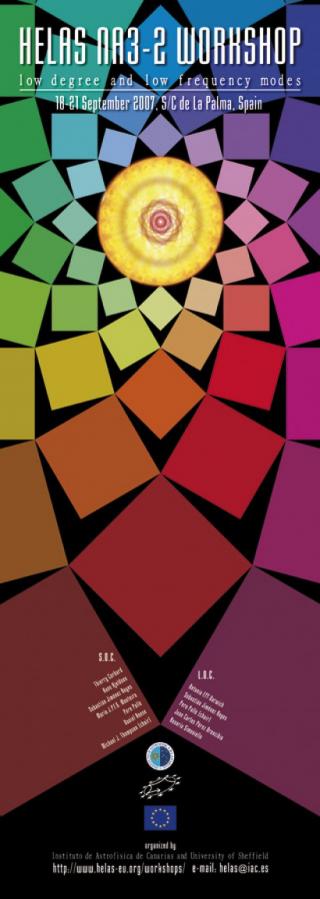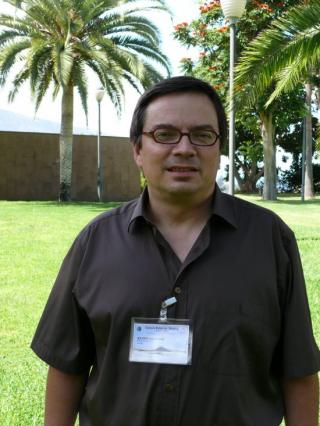
Los resultados obtenidos por investigadores del IAC y sus colaboradores podrían ser la primera detección de los 'modos g'
Advertised on
This section includes scientific and technological news from the IAC and its Observatories, as well as press releases on scientific and technological results, astronomical events, educational projects, outreach activities and institutional events.



